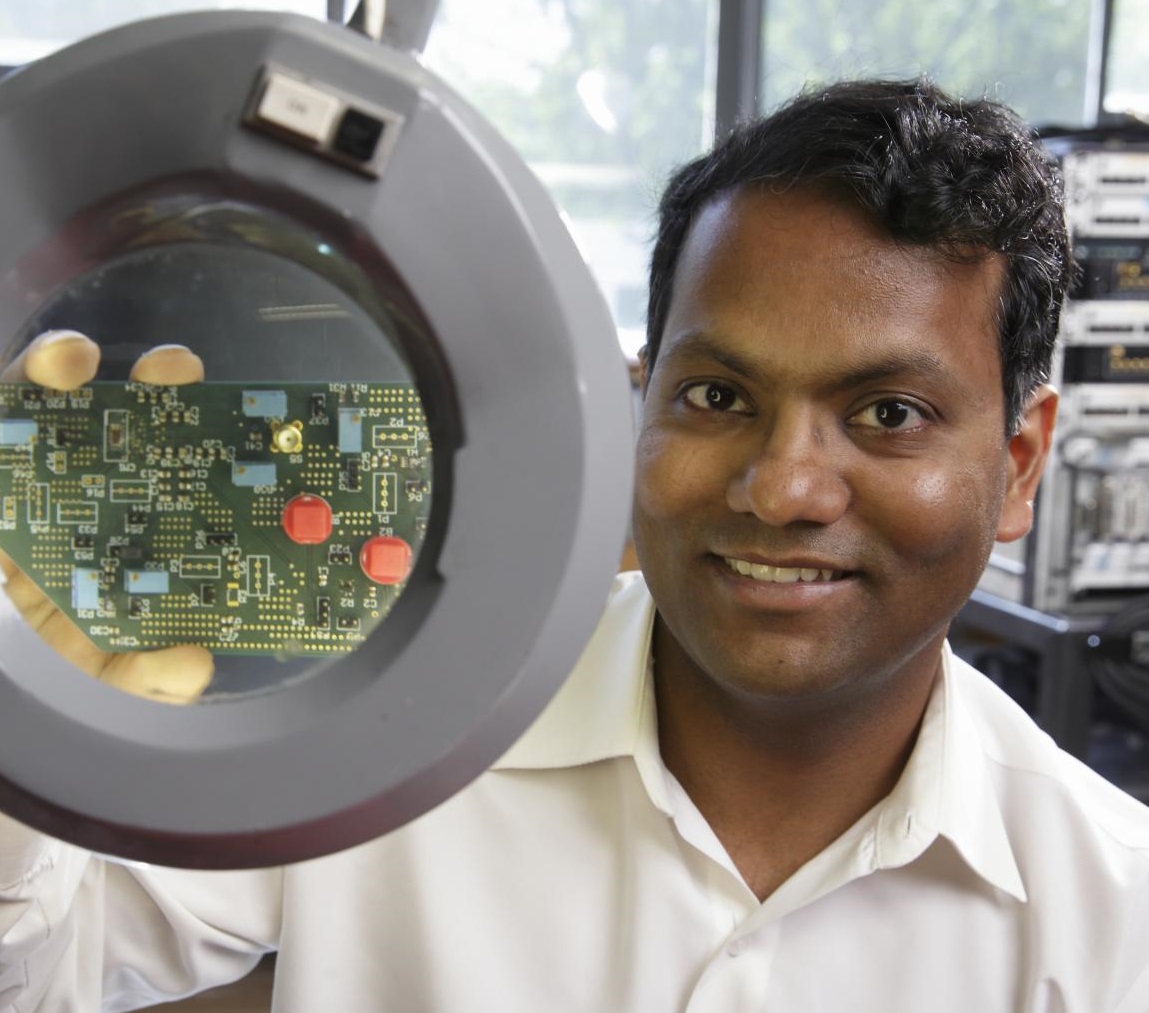As a dedicated chip designer, Dr. Sudip Shekhar had settled into one of this sector’s most appealing locales. He was a Senior Research Scientist at Intel Labs, Intel’s research division in Hillsboro, Oregon, among the few places in the industry where a manufacturer still conducts basic design research. He felt privileged to have the resources of a multi-billion-dollar firm behind him, not to mention the satisfaction of knowing his work could ultimately determine the shape of products used all over the world.
However, after six years, Shekhar took to his calling and began to consider prospects in the academic sector and found himself looking north. Although he had always regarded Vancouver as having an environment similar to other parts of the Pacific Northwest, he discovered some important differences in the way research is carried out in Canada.
“The infrastructure at Canadian universities is excellent,” he observes.
As he looked more closely, he learned that Canada’s National Design Network, managed by CMC Microsystems was a game-changer in terms of providing chip designers like him with the tools and people necessary to turn promising ideas into proven, practical prototypes. It was one of the driving forces that led him to the University of British Columbia, where he joined the Department of Electrical and Computer Engineering in 2013.
Shekhar’s research now spans three major applications that are highly relevant to the ICT industry — 5G RF transceivers, wireline transceivers for chip-to-chip signalling, and optoelectronic transceivers — and CMC is helping him move forward with each one. He notes that he likely would have needed to arrange additional research funding in order to purchase sophisticated electronic design software, as opposed to the unfettered academic access to such tools he enjoys. Nor would he be able to easily afford to get CMOS and photonics chips fabricated for testing, something that CMC turns into a straightforward process.
Above all, the available support enables him to nurture new talent in these fields in ways that he could never have done as a standalone researcher. Shekhar’s industrial experience, combined with his enthusiasm to develop the next generation of innovators, provides a rich learning environment for his students, who have the opportunity to work on pressing research topics applicable to Canada’s ICT sector.
“I’m a researcher who also likes to teach,” he says, adding that he has always been eager to serve as a mentor to promising students in the same way that he benefited from mentors who have helped him throughout his career. “Now that I’m a professor I can interact with different students on different topics and projects,” he says.
One of Shekhar’s departmental colleagues, Dr. Lukas Chrostowski, has also brought him into a progressive initiative to train undergraduate and graduate students, as well as post-doctoral fellows, in the area of silicon electronic-photonic integrated circuit design.
In 2012 Chrostowski received $1.65 million through the Natural Sciences and Engineering Research Council’s Collaborative Research and Training Experience (CREATE) program. This substantial funding has made it possible to mount sophisticated workshops in collaboration with CMC, which enables students to advance their chip designs to final fabrication in as little as six weeks. The resulting designs are subsequently assessed with an automated optical probe station; students can then proceed to obtain experimental data from the chip.
While assisting Chrostowski with the workshop activities, Shekhar has been extremely pleased to contribute to an enterprise that nurtures new talent and promotes the sharing of new technology. Thanks to CMC and other organizations, he says, Canada fosters a radically different and healthy collaborative outlook.
Photo Credit: Jeff Vinnick/Photo Features
May 2016

